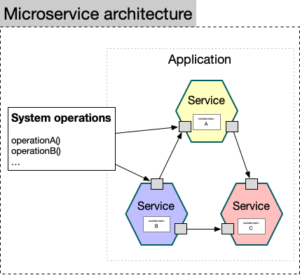What Are the Main Components of a Contextual Design Work System?
Contextual Design
A number of underlying theories have been identified to explain why Contextual Design is effective. While influenced by work in several disciplines including anthropology and psychology, it was developed primarily for practical application with commercial design teams. It has proven to be a useful tool for designing human-computer interfaces that are intuitive and integrate seamlessly into users’ environment, daily practices and broader work system.
Contextual Design has a strong emphasis on field research that enables designers to observe and interact with users in their natural work environments, rather than bringing them into a lab to participate in a traditional focus group or user experience (UX) interview. In the field, the researcher can follow the user as they go about their daily work activities, shadowing them as they complete tasks and observing their interactions with existing systems and tools. This interaction takes on the form of an apprentice-master relationship, with the researcher learning from the user as they work together, rather than entering with a preformed list of questions to be asked and answered.

Using these observations and interactions, designers can develop a working model of the current work system. This model can be used as a guide for identifying the essential functions of the new product, as well as a template to create initial paper prototypes that will be put in front of users for guided testing. This iterative process is similar to the more popular fast-paced Agile software development method that focuses on quick prototyping and short, iterative cycles of user testing.
What Are the Main Components of a Contextual Design Work System?
One of the key principles behind Contextual Design is that the work practice of a user is complex and varied, and that useful design data is often hidden in everyday details. Many systems fail to meet user needs because they do not take into account the tacit aspects of work practice – the everyday habits, workarounds and strategies that users cannot explicitly articulate but that structure their work. Using field interviews, the Contextual Design approach is designed to reveal these hidden aspects of work practice and enable them to be taken into consideration during the design process.
The ability to translate from user needs to design requirements is a critical aspect of any successful product design and development process. However, translation from any type of research into design requirements frequently lacks rigor and structure. Contextual Design provides a structured, iterative process for developing and harvesting design models that can be fed into an Agile development project and provide critical support for the prioritization of user stories and detailed user interface design work.
The iterative nature of contextual design also helps to ensure that UI/UX designers have an understanding of how their designs will be used in real life, and how they fit into users’ environment, daily practices and a broader work system. This is important because it enables them to ensure that the new product will have a seamless, integrated presence in users’ lives. This is the essence of experiential design – creating an experience that allows users to feel connected to the space, to each other and to the brand they are working for.